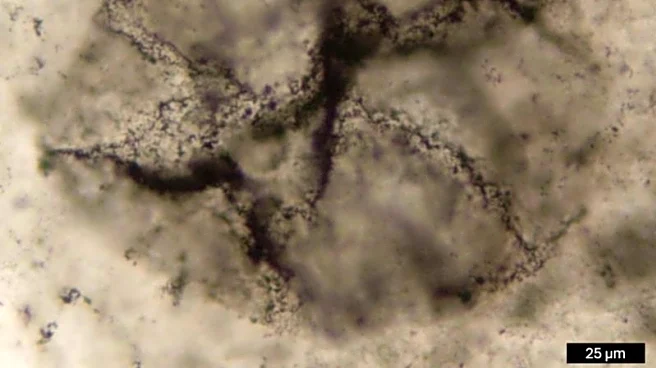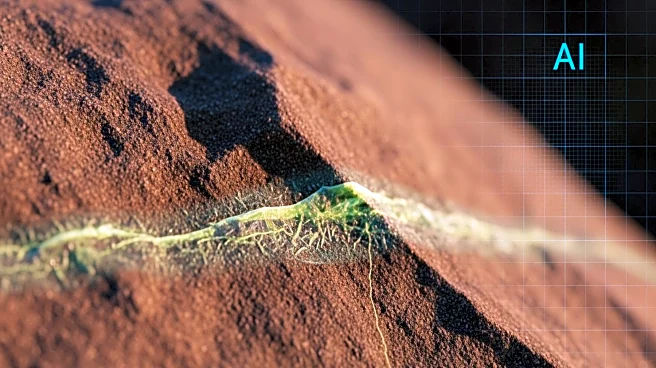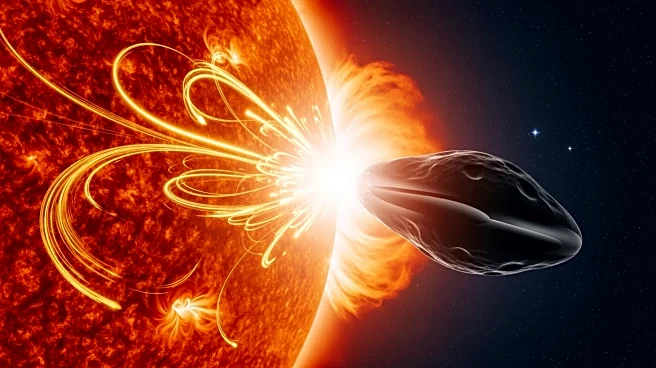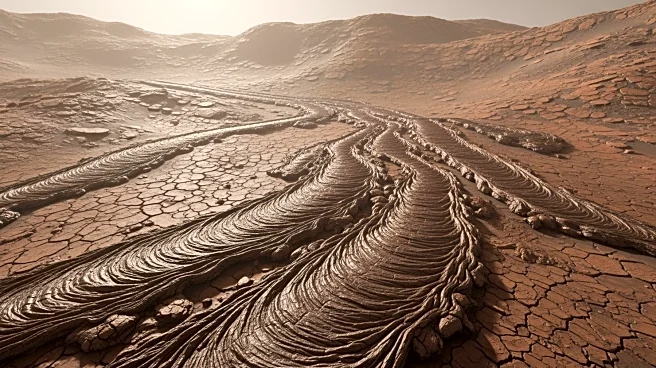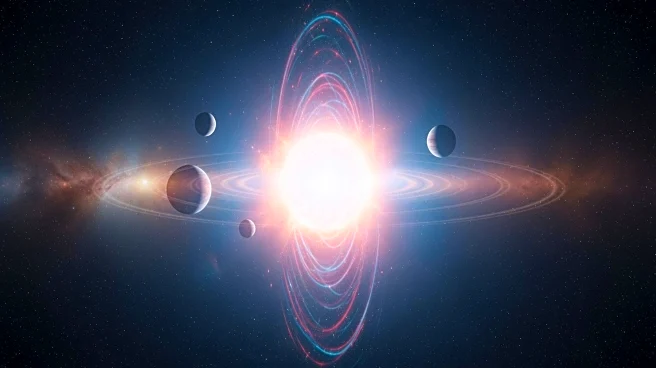What's Happening?
A study led by Prof. Dan Shim of Arizona State University and Prof. Alona Vazan of the Open University of Israel has revealed that many sub-Neptune planets may internally generate significant amounts of water. The research, published in Nature, challenges
previous assumptions that water on these planets was acquired from icy materials formed far from their stars. The study found that under extreme pressures and temperatures, dense hydrogen can react with molten rock to create substantial quantities of water. This discovery suggests that hydrogen-rich sub-Neptunes may naturally evolve into water-rich planets, reducing the need for large-scale migration theories to explain their proximity to stars.
Why It's Important?
The findings have significant implications for our understanding of planetary formation and evolution. By demonstrating that water can form internally on sub-Neptunes, the study suggests that these planets could be more common and diverse than previously thought. This could impact future astronomical research and exploration, as scientists may need to reconsider the criteria for identifying potentially habitable planets. The research also highlights the complex interactions between planetary atmospheres and interiors, which could influence the search for extraterrestrial life.





